Planting flowers in November can prepare your garden for vibrant displays in the coming seasons. In Europe and North America, the feasibility of planting during this month depends largely on regional climates and the specific hardiness zones of each area. Below are some recommended flowers suitable for November planting in these regions:
1. Sweet Peas (Lathyrus odoratus)
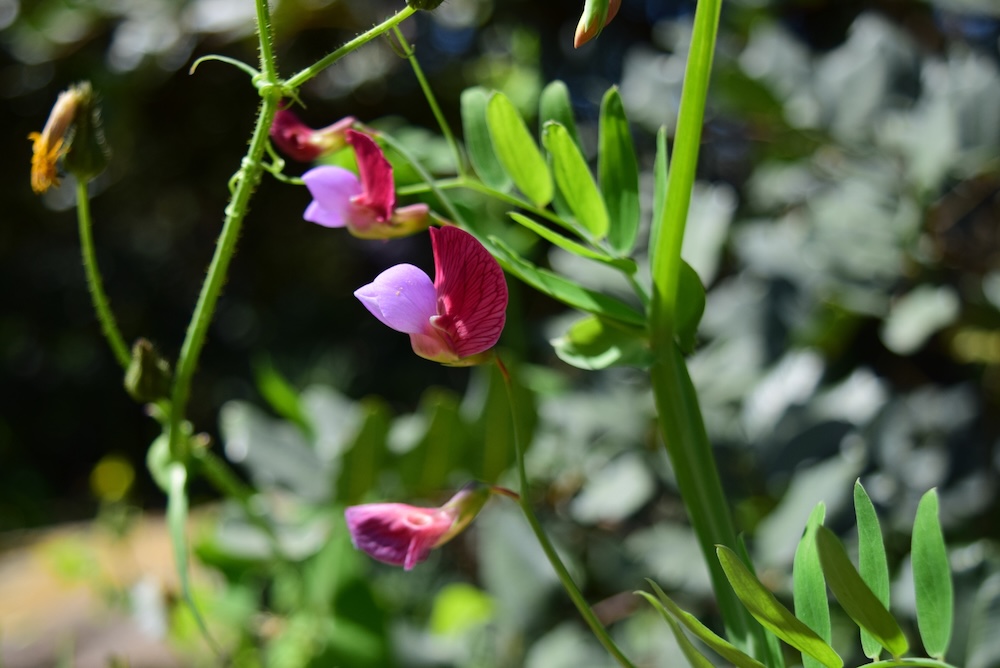
Sweet peas are cherished for their delightful fragrance and delicate blooms. In milder climates, sowing sweet pea seeds in November allows them to establish strong root systems over the winter, leading to robust growth and earlier flowering in spring. A practical method involves using biodegradable materials, such as toilet paper rolls, filled with compost to start the seeds indoors. Once the seedlings develop true leaves, they can be transplanted outdoors, roll and all, minimizing root disturbance.
2. Ranunculus (Ranunculus asiaticus)
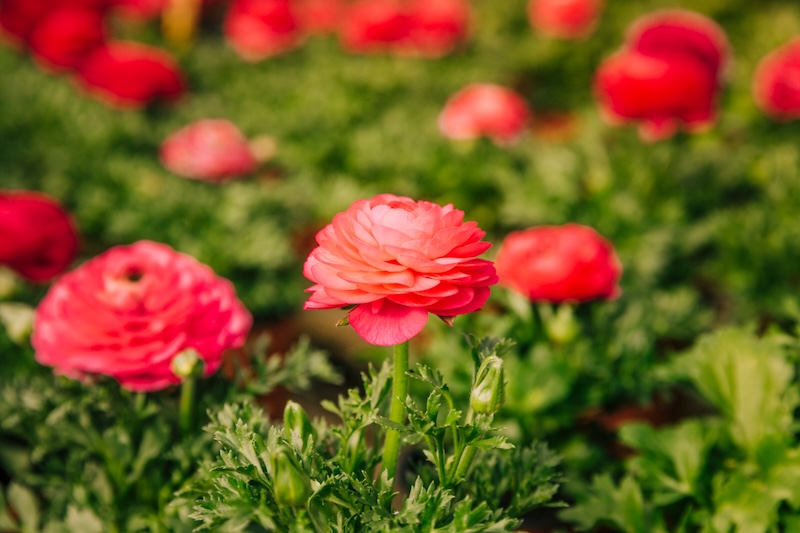
Ranunculus, with their rose-like, multi-petaled blooms, add a burst of color to spring gardens. Planting the tubers in November in regions with mild winters allows them to establish roots during the cooler months, resulting in vibrant displays come spring. Joanna Gaines, co-owner of Magnolia and avid gardener, has expressed her admiration for ranunculus, incorporating them extensively in her garden for their vivid hues and lush appearance.
3. Anemones (Anemone coronaria)
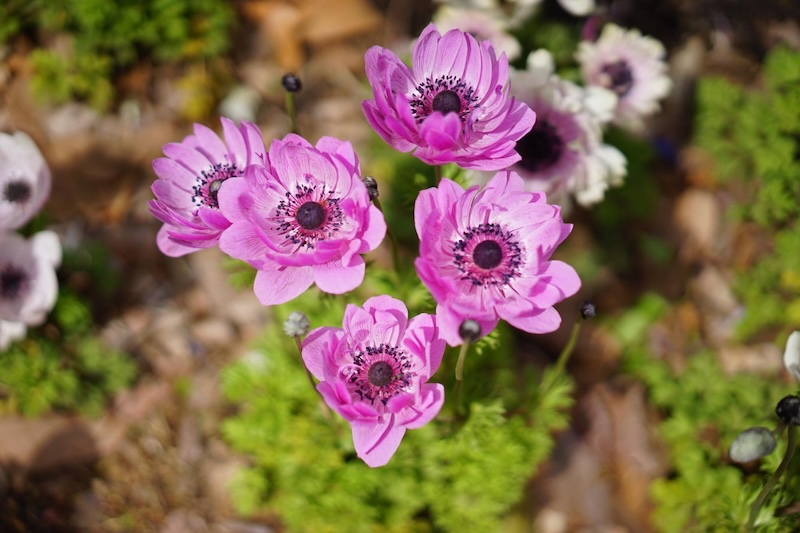
Anemones, particularly the De Caen and St. Brigid varieties, are known for their vibrant, poppy-like flowers. Planting anemone corms in November allows them to establish roots during the cooler months, leading to beautiful blooms in late winter to early spring. These flowers thrive in well-draining soil and full sun to partial shade.
4. Winter Aconite (Eranthis hyemalis)
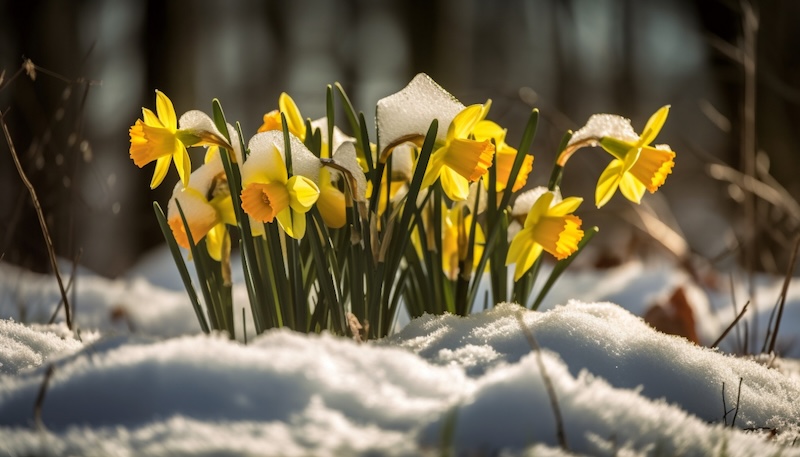
Winter aconite is one of the first bulbs to bloom in early spring, often emerging through the snow. Planting these small, yellow flowers in November ensures a cheerful display as winter wanes. They are well-suited for naturalizing under deciduous trees or in woodland gardens.
5. Snowdrops (Galanthus nivalis)
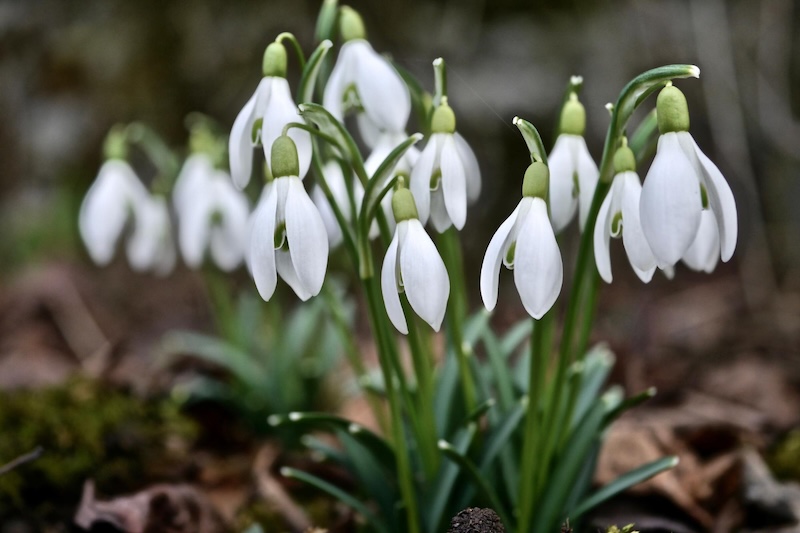
Snowdrops are charming, ethereal, perennial flowers that require very little maintenance. Planting snowdrop bulbs in November allows them to establish roots before the ground freezes, resulting in delicate white blooms that often appear as early as January or February, depending on the region.
6. Cyclamen (Cyclamen coum)
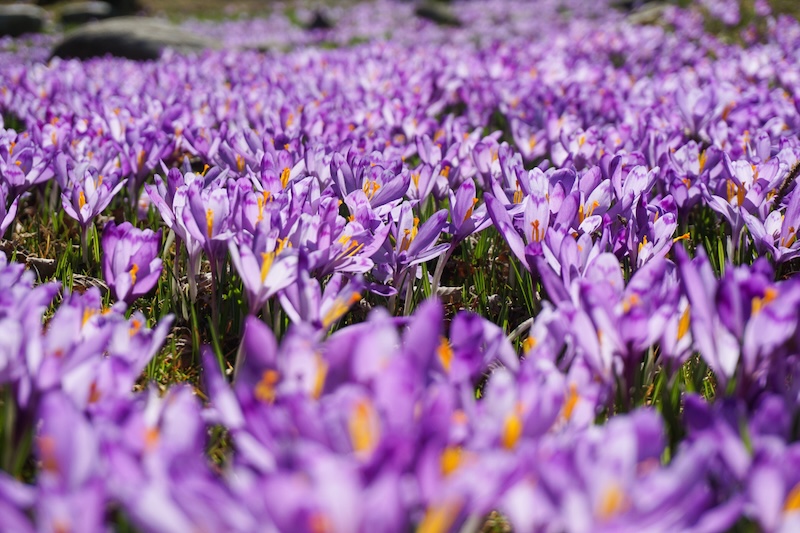
Cyclamen are perennials that do well as ground covers, offering delicate blooms in shades of pink, red, or white during late winter to early spring. Planting cyclamen tubers in November allows them to establish before blooming. They prefer well-draining soil and partial shade, making them ideal for planting under deciduous trees.
7. Camellia (Camellia japonica)
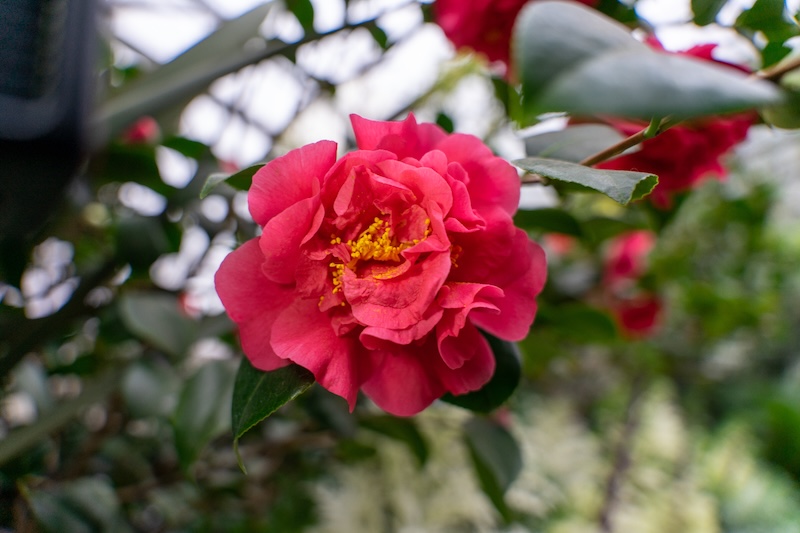
This evergreen shrub has exquisite blooms in late winter to early spring. Planting camellias in November allows them to establish roots during the cooler months. There are many different varieties that bloom throughout the year, so be sure to choose one that is a winter-blooming type.
Planting Tips:
Soil Preparation: Ensure the soil is well-draining and enriched with organic matter to promote healthy root development.
Watering: After planting, water the bulbs or seeds thoroughly to help establish roots. Monitor rainfall and provide additional watering if necessary, especially during dry spells.
Mulching: Apply a layer of mulch around the plantings to retain soil moisture and regulate temperature.
Protection: In regions prone to severe frosts, consider covering young plants with frost cloths or planting in sheltered locations to protect them during particularly cold nights.
By selecting appropriate flowers and following these planting tips, you can ensure a vibrant and colorful garden in the upcoming seasons.